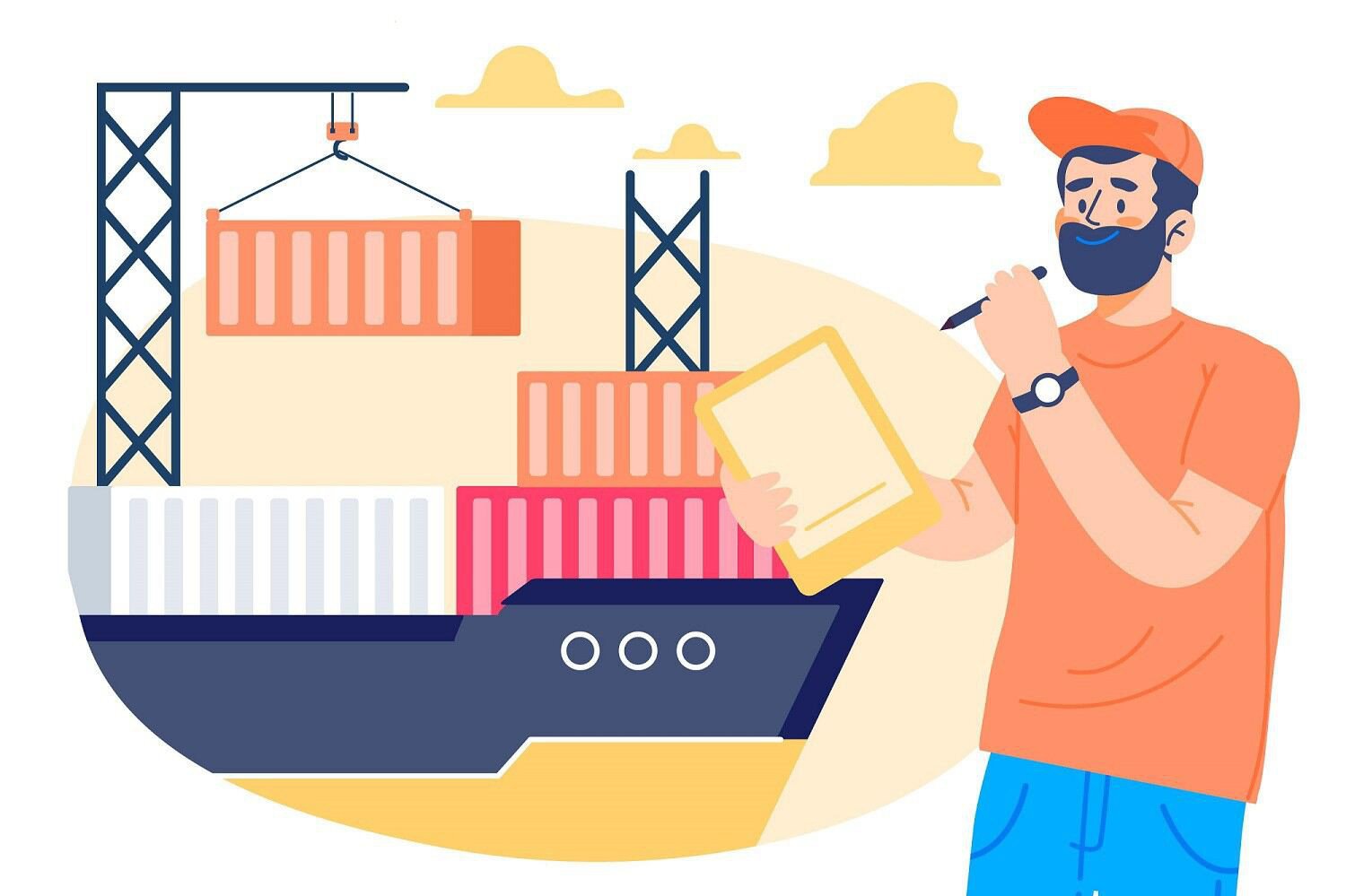
As the Indian shipping industry braces itself for the transition into a new fiscal year, the ongoing trend of declining freight rates on trades departing from Indian shores persists. Amidst the evolving global economic landscape and the aftermath of the red sea crisis, exporters are strategically positioning themselves to leverage potential opportunities in the coming year.
The maritime industry has been closely monitoring the trajectory of freight rates on trades originating from India, which have been witnessing a sustained decline. This trend, observed across various shipping routes, reflects the cautious optimism among Indian exporters as they anticipate the onset of a new fiscal year. Amidst economic shifts and global trade dynamics, stakeholders are navigating challenges while seeking opportunities for growth and stability.
The global freight industry, particularly concerning trades originating from India, is witnessing a persistent decline in freight rates. This trend is occurring against the backdrop of several concurrent crises, including the Red Sea crisis and other geopolitical tensions. As exporters navigate these tumultuous waters, they are pinning their hopes on the dawn of a new fiscal year to potentially alleviate some of the challenges they face.
The maritime sector, which serves as a crucial artery for global trade, has been witnessing a series of fluctuations in freight rates, influenced by a multitude of factors including supply chain disruptions, fluctuating demand patterns, and geopolitical tensions. Against this backdrop, exporters in India are closely monitoring market dynamics, seeking to optimize their operations amidst uncertainties.
Factors Driving the Decline in Freight Rates
Several factors contribute to the downward pressure on freight rates out of India. One significant aspect is the lingering effects of the pandemic, which have disrupted supply chains and altered consumption patterns worldwide. As economies gradually recover, demand for shipping services fluctuates, influencing freight rates. Additionally, geopolitical tensions, trade policies, and fuel costs play pivotal roles in shaping the pricing dynamics in the maritime sector.
The Indian Perspective
India, a significant player in global trade, finds itself at the intersection of these crises. As one of the world's largest exporters of goods ranging from textiles to pharmaceuticals, any disruptions in freight operations have profound implications for the country's economy. The ongoing challenges in the Red Sea and beyond have necessitated a strategic reevaluation by Indian exporters and shipping companies alike.
Impact on Indian Exporters
The declining freight rates present a mixed scenario for Indian exporters. While reduced transportation costs may offer a competitive edge in global markets, they also reflect broader economic uncertainties and market volatilities. Exporters are strategically navigating this landscape, recalibrating their logistics strategies and supply chain operations to optimize efficiencies and mitigate risks. Moreover, the anticipation of a new fiscal year prompts them to reassess their business priorities and market strategies, aligning them with emerging trends and opportunities.
Regional Trade Routes
Across key trade routes originating from India, the downward trend in freight rates is conspicuous. Routes connecting Indian ports with major destinations in Asia, Europe, North America, and Africa reflect varying degrees of rate adjustments. For instance, routes servicing the Asia-Pacific region witness intense competition among shipping lines, driving rates lower. Similarly, routes to European and North American markets experience fluctuations influenced by seasonal demand patterns and trade agreements.
Competitive Landscape
The competitive landscape in the maritime sector remains dynamic, with shipping lines vying for market share amidst changing trade dynamics. While established players optimize their fleet capacities and service offerings, newer entrants and niche operators introduce innovative solutions and value-added services. This competition exerts downward pressure on freight rates, compelling shipping lines to adopt flexible pricing strategies and enhance operational efficiencies to remain competitive.
Government Initiatives and Policy Implications
Government initiatives and policy interventions play a crucial role in shaping the maritime landscape in India. Efforts to boost port infrastructure, streamline customs procedures, and enhance connectivity are instrumental in improving the efficiency and competitiveness of Indian ports. Moreover, policy measures aimed at promoting exports and facilitating trade contribute to the resilience of the shipping industry amidst external challenges.
Outlook and Strategies
As Indian exporters navigate the evolving dynamics of global trade, they are adopting strategic measures to capitalize on emerging opportunities while mitigating risks. Embracing digital technologies, enhancing supply chain resilience, and diversifying market portfolios are among the strategies being pursued. Moreover, collaborations with logistics partners and leveraging alternative transportation modes contribute to optimizing costs and improving operational efficiency.
Conclusion
The persistent decline in freight rates on trades originating from India underscores the complex interplay of global economic forces, trade dynamics, and regional developments. While presenting opportunities for cost optimization and market expansion, it also necessitates adaptive strategies and proactive measures to navigate uncertainties. As Indian exporters look ahead to the new fiscal year with cautious optimism, they remain resilient in the face of challenges, leveraging innovation and collaboration to sustain growth in an evolving maritime landscape.





 Get instant quote
and compare offers in real time
Get instant quote
and compare offers in real time